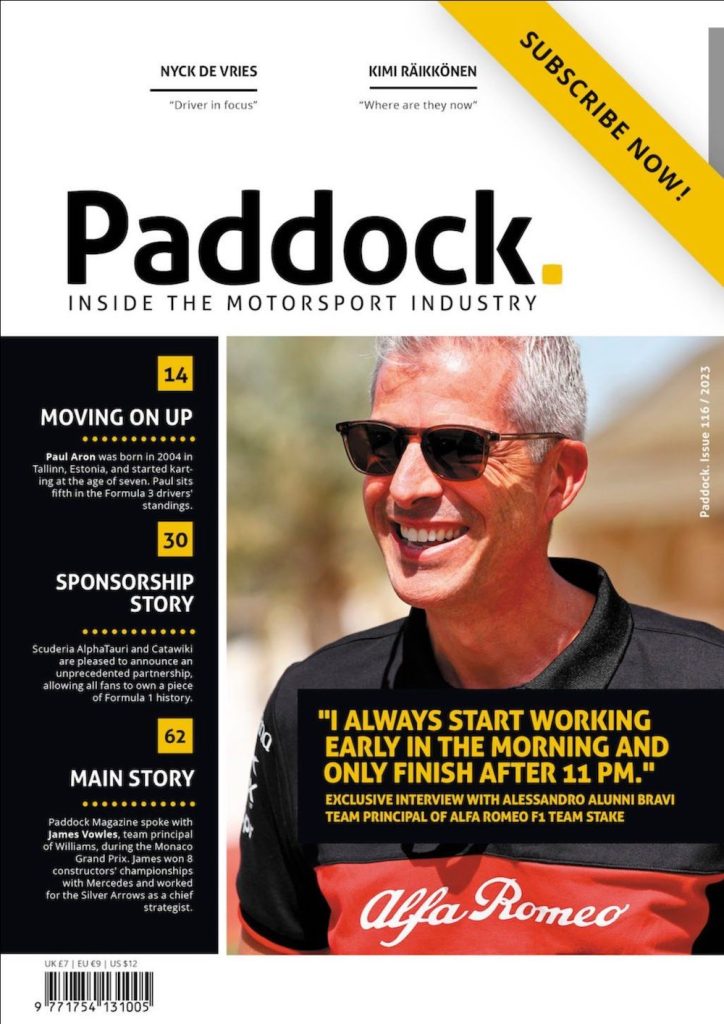For most Formula 1 people, the race calendar is a pulsing reminder of the various Grand Prix destinations they have to visit every year. Franco Massaro, Race Team Co-Ordinator at Sahara Force India, shows us just how complicated and carefully composed is the travelling process of a Formula 1 team.
Click here to subscribe to our print edition!
A network of companions
We have a lot of people working with travel – in regard to both the logistics of getting cars and kit to the races and the personnel reaching their destination safely and timely. We have a separate Travel Co-Ordination department dealing with people, while the equipment is the responsibility of our Team Coordinator and his staff.
Planning adequately is crucially important, of course, when dealing with as many as 20 different countries as destinations for our team. Preparing timely – knowing how long it normally takes to obtain visas, who is travelling and when – is key and it is done as soon as the calendar is announced. Deadlines are outside of our control, so we get everything done as early as possible to have the flexibility to deal with any last-minute changes if and when they inevitably crop up.
Plan early, cover all bases, be ready to deal with unplanned stuff: yes, the recipe is that simple – in theory… Over the years, the calendar changed to incorporate a lot of events outside Europe, passport rules changed within it and the size of the group travelling to races increased. We needed to respond to all these changes as they came along. When a completely new venue joins the calendar you need to find the best possible solutions, but as the years go by you build networks and contacts and that makes coming back to a specific country a bit easier.
The evolution
Back-to-back races tend to add a bit of pressure, especially in Europe when the team buildings and motorhomes travel to the venue. Unlike with overseas back-to-backs, in Europe you have to wait for them to be assembled before you get the rest of your trucks and equipment in, which can take some extra time. It is something we know in advance and keep into account, however, so it doesn’t add any drama. Some destinations require slightly longer times to go through bureaucratic processes, but everything is sorted well in advance and generally requires no added preparation.
We would like someone to invent time travel or teleporting – we would spend much less time waiting around in airports! Joking aside, moving such an amount of kit and people around the world always throws in a few challenges that require creative thinking, and this is one of the most challenging and enjoyable parts of our work. Even if it may look as though we are doing the same thing week in, week out, there is always a degree of change and this is what brings about innovation – but it’s evolution, rather than revolution.






Related Articles